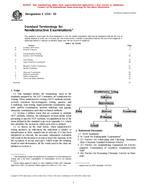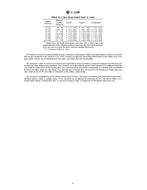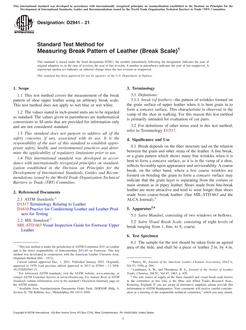1.1 This specification covers the material known as modified wood. It is intended to be applicable to wood in the form of solid lumber or veneer (Note 1), or an assembly of lumber or veneer, or both, the properties of which have been changed by physical or chemical methods (Note 2). This specification is not intended to cover those products to which preservatives have been added for the primary purpose of enabling the wood to resist decay and those products to which chemicals have been added for the primary purpose of improving the fire-resistant properties of wood.
Note 1-For the purpose of this specification, veneer is considered to be a thin layer or sheet of wood under 5/16 in. (7.9 mm) in thickness. Layers or sheets of wood 5/16 in. or over in thickness are considered to be lumber. Note 2-Modified woods have been growing steadily in importance because of the unusual properties and beauty of the finished product. The properties and even the appearance of the modified wood are largely dependent on the actual physical and chemical methods used in manufacture. An almost infinite number of products are possible. For example, the density of material produced by compression can be varied from that of the normal wood to a specific gravity of almost 1.40, which is about the density of wood substance itself. Because of these possible variations, the specifications which follow are general rather than specific in nature. Specifications for a specific type of product must be based on the actual needs of the user and should be developed jointly by the user and the producer. Some of the types of modified wood that have been developed are briefly described in the appendix to this specification.
Product Details
- Published:
- 01/01/1993
- Number of Pages:
- 4
- File Size:
- 1 file , 57 KB


